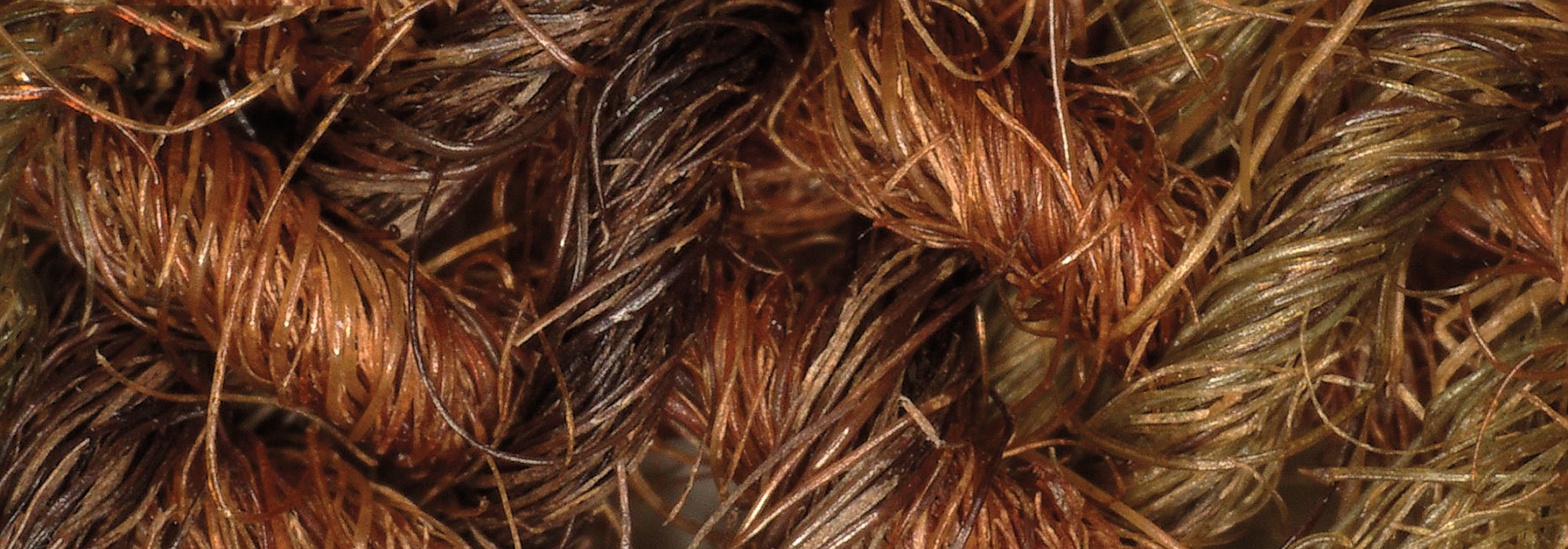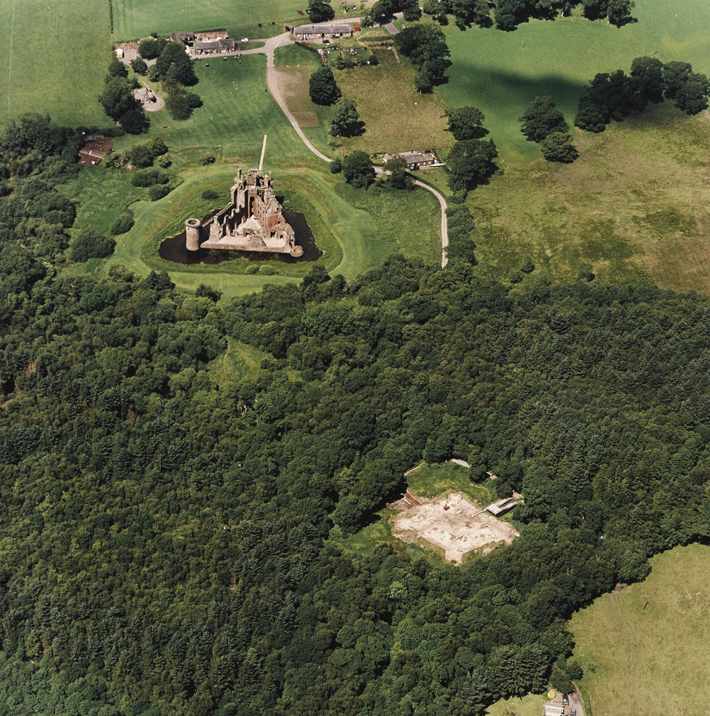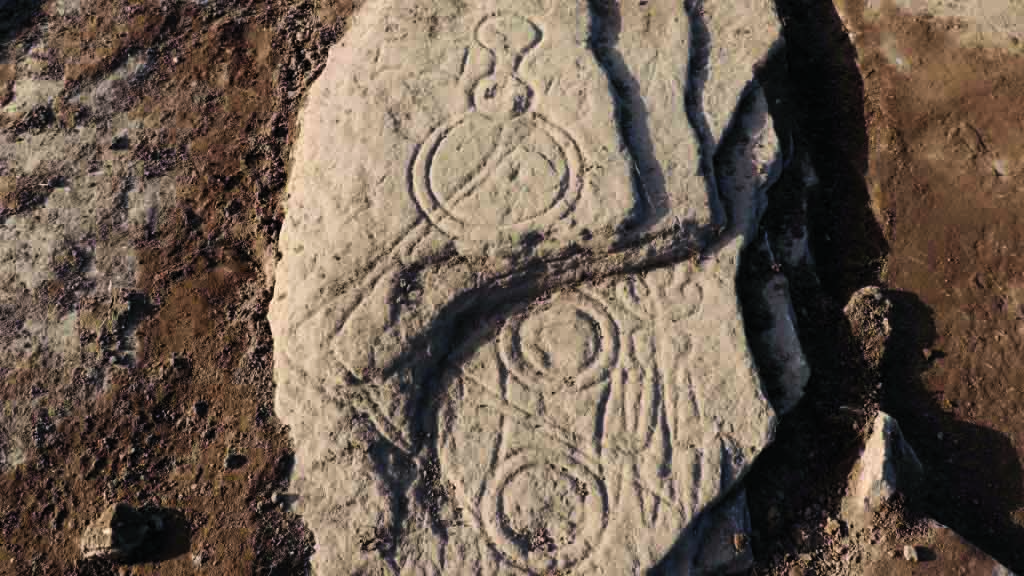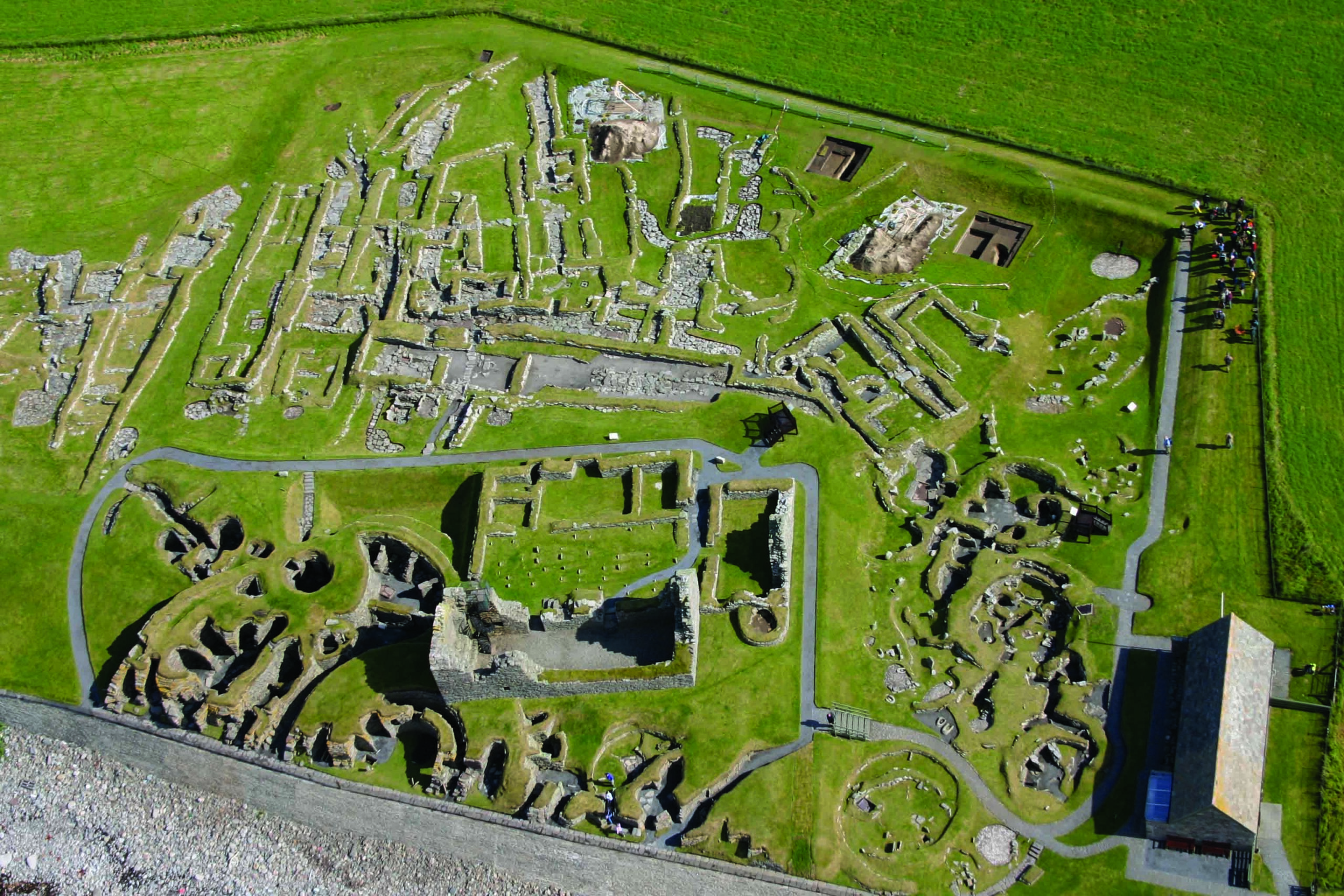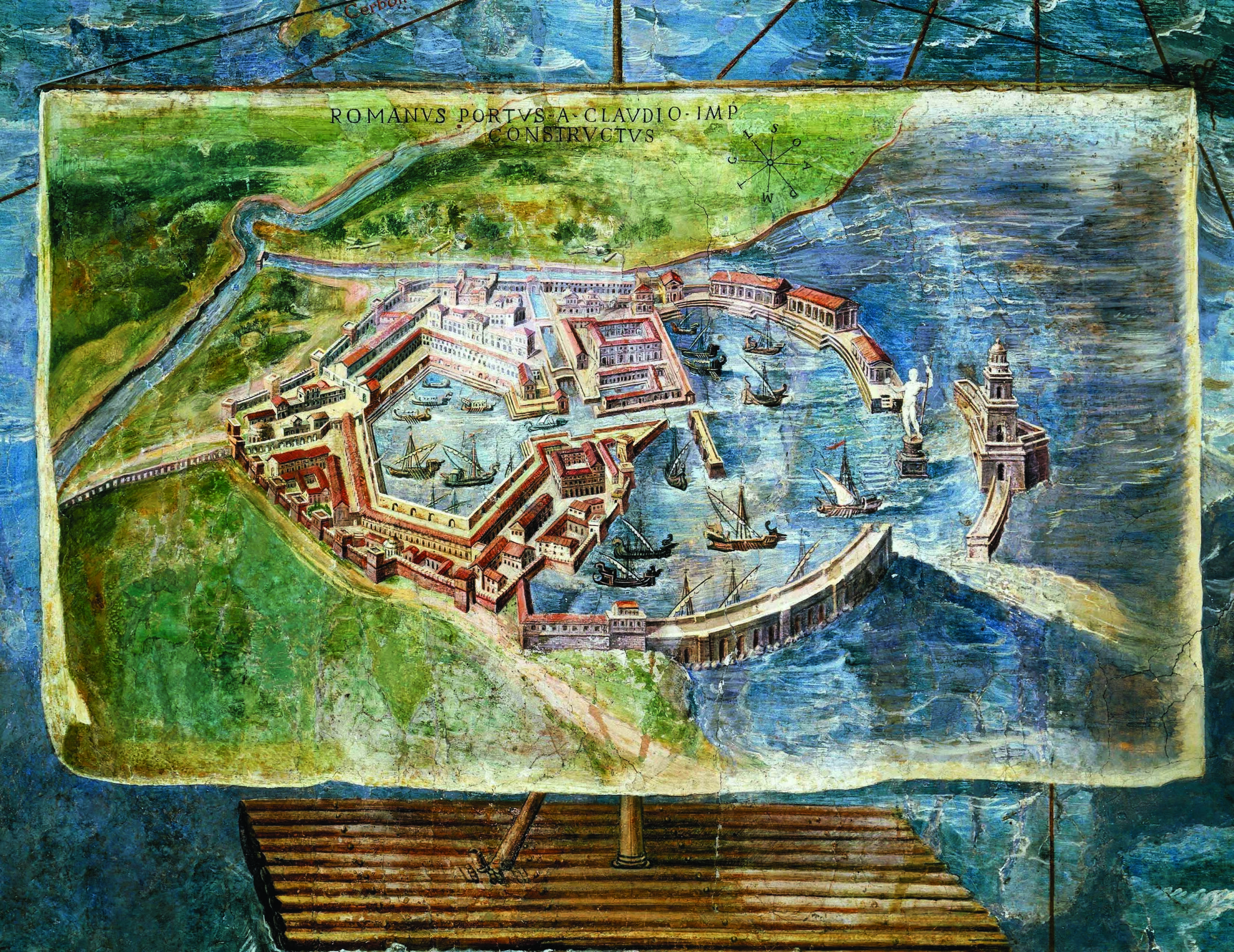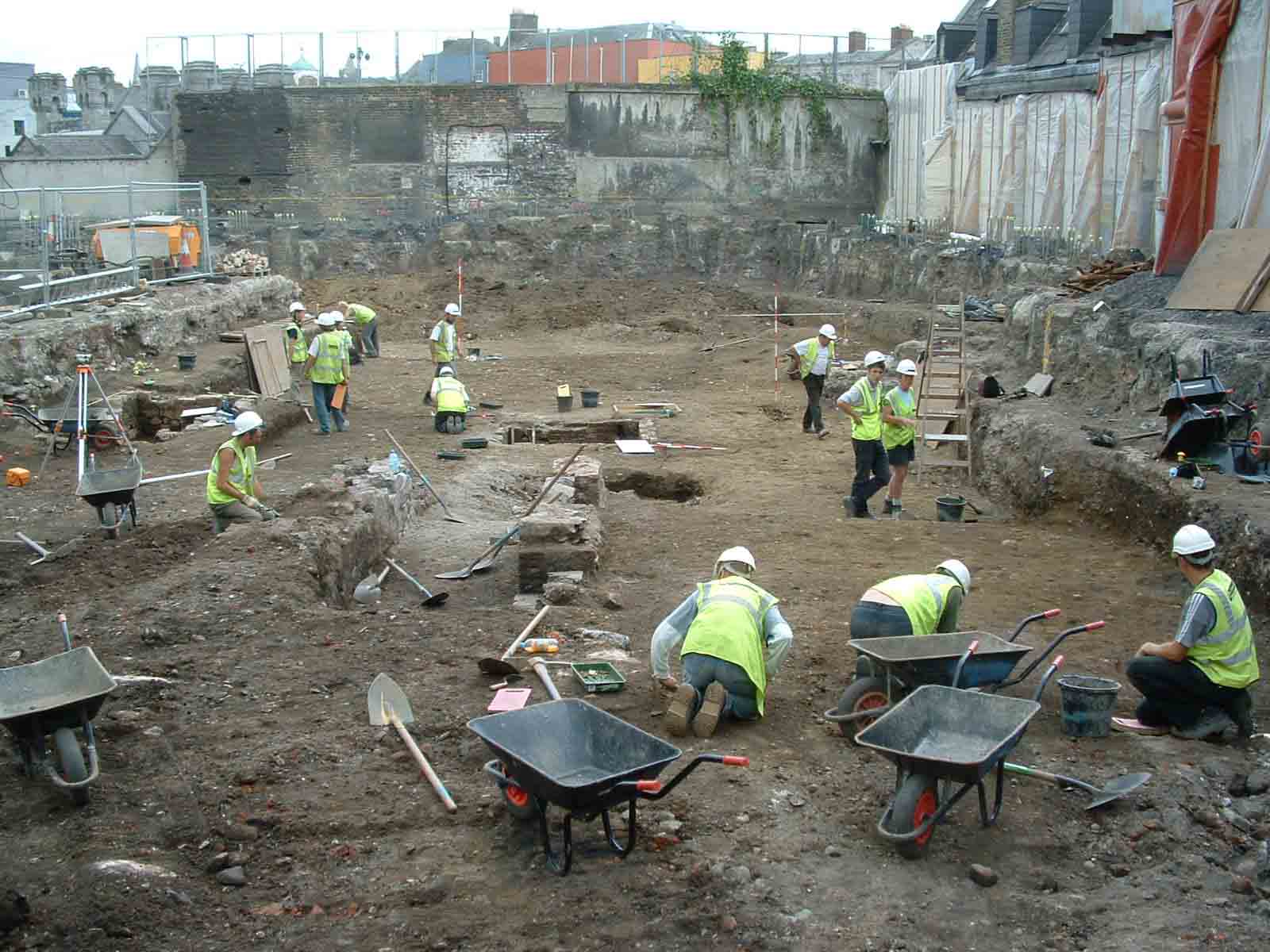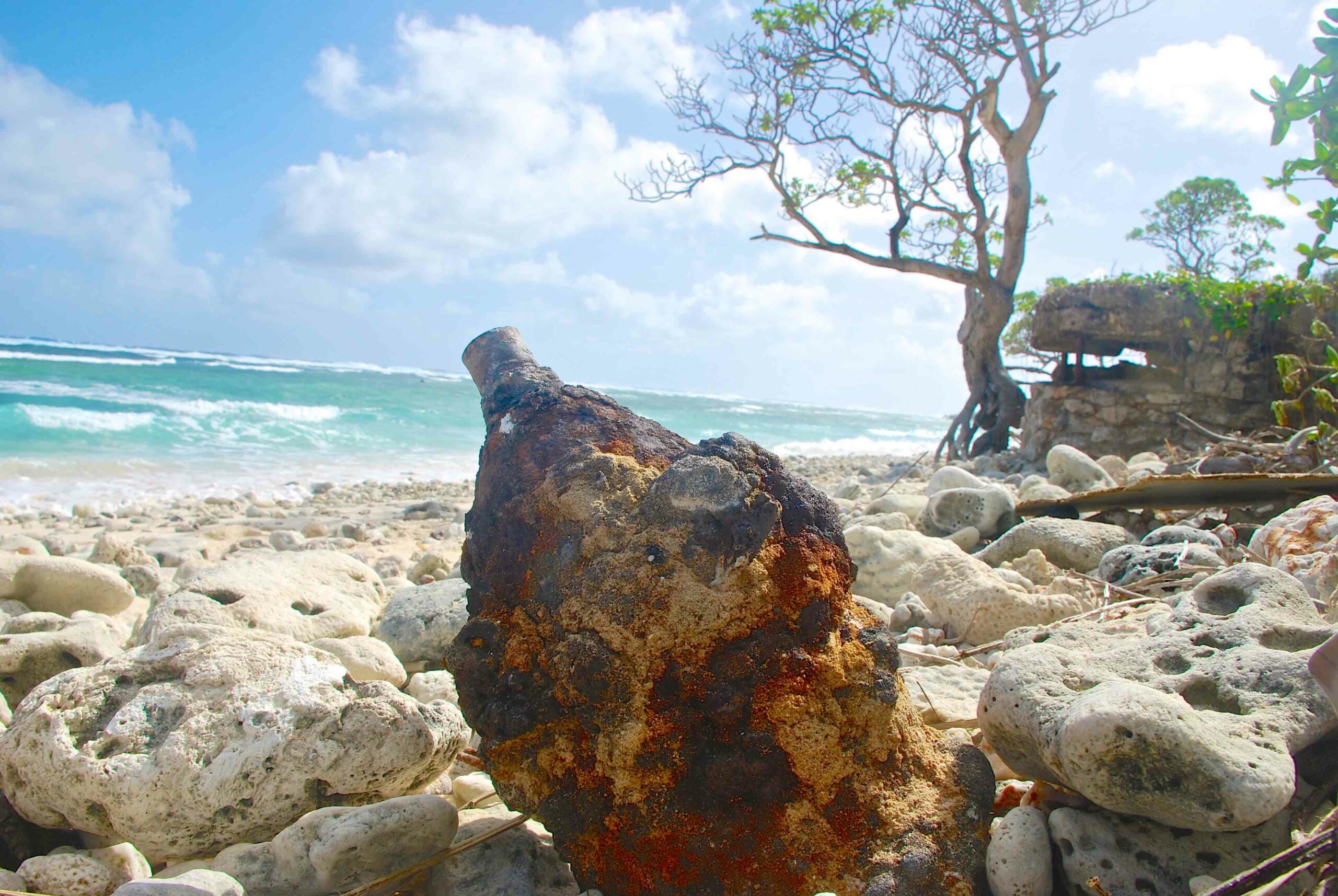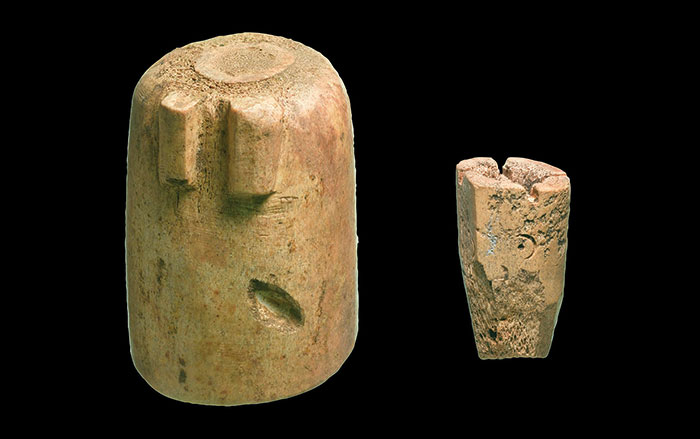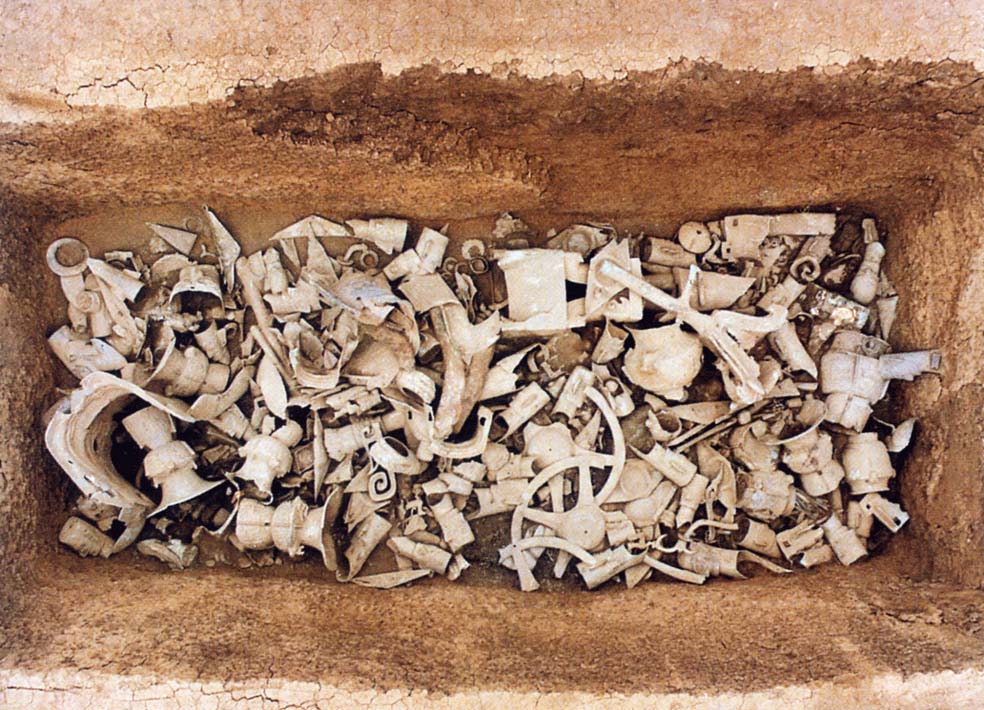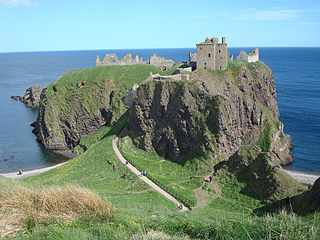
ABERDEEN, SCOTLAND—A team of six archaeologists from the University of Aberdeen climbed Dunnicaer sea stack on the northeast coast of Scotland, where they uncovered traces of a Pictish fort, including a house, a fireplace, and ramparts. “It shows that people, for at least part of the year, were living on the sea stack which is quite remarkable. There were quite a lot of forts on the coastline and in Moray, control of the sea seems to be a big part of power to the Picts,” archaeologist Gordon Noble told The Press and Journal. The team ascended the sea stack with the help of professional climber Duncan Paterson. “I don’t think any of them have much experience of this kind of terrain, so it’s been a big challenge. Beating the tide was also a challenge, and then I set up a tension rope—some would call it a zip wire—to get them across the water and then they were roped up to climb the stack,” Paterson said. “Was this a precursor to Dunnottar Castle, or one of a series of Pictish forts along this coastline?” wondered Noble. He and his team may return to the site for further excavations. For another sea stack project, see "Scots on the Rocks."


